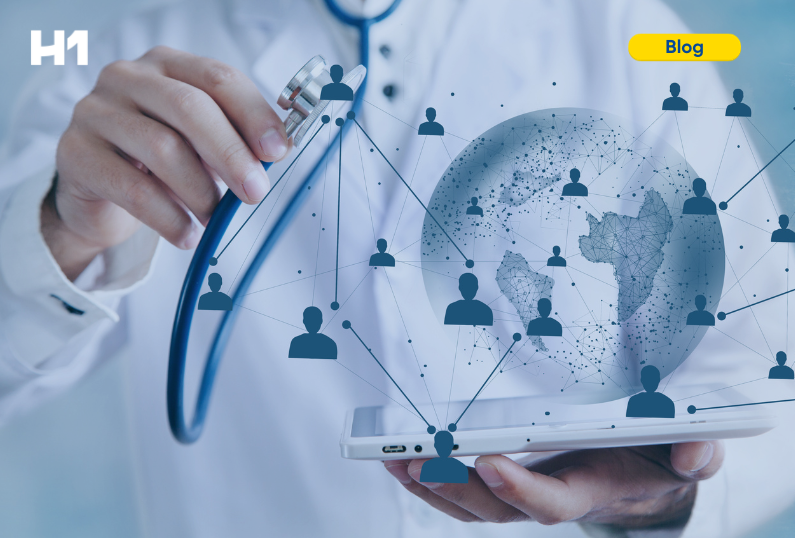4 AI predictions for the Life Sciences Sector by 2025

The application of AI in the life sciences sector has the potential to revolutionize many aspects of research, development, and patient care. By 2025, we can anticipate pretty significant shifts as AI continues to advance and integrate into various processes within the healthcare ecosystem.
Here are 4 predictions for how life sciences companies might be using AI by then.
Enhanced Clinical Trials and Real-World Data Analysis
Patient Recruitment
AI can analyze electronic health records (EHRs), medical histories, and genetic information to identify patients who would be ideal candidates for clinical trials, ensuring more representative participation. Today, we know many of the world’s leading CROs are using AI to drive their internal processes. We predict that by 2025 we will see more widespread use of AI in recruiting patients for clinical trials.
Post-Market Surveillance
AI will analyze real-world data. From EHRs to social media mentions–AI will have the potential to monitor the long-term effects and efficacy of drugs once they’re in the market. This can lead to more accurate safety profiles and timely interventions if issues arise. AI can also help generate HCP insights on the bevy of available data by helping ensure the feedback from the HCP community makes it to the data engines of the life sciences companies which serve them. We predict that by 2025 most top life science companies will be using AI to streamline their post market activity and even HCP insight generation.
AI-Enhanced Diagnostics and Predictive Healthcare:
Image Analysis
AI-driven image recognition can assist in interpreting medical images, such as MRIs, X-rays, and histopathology slides, with high accuracy. By 2025, it’s likely that many diagnostic procedures will involve AI as a supplementary tool, ensuring fewer diagnostic errors and more timely interventions. Medical Affairs and life sciences in general should be prepared for this shift in the diagnostic landscape.
Drug Repurposing
AI can analyze existing drugs and their effects to find new therapeutic applications. A drug approved for one ailment might be found effective for another through AI’s ability to see patterns in patient data, leading to quicker, less expensive drug development cycles. Given the volume of data currently in the space, we predict that by 2025 many of the leading life sciences companies will either be using AI for new molecule discovery or, more likely, the extension of existing molecules and products.
While these advancements may seem unrealistic, it is important to remember that technology evolves exponentially. At this time last year, many companies treated AI as a mysterious novelty that would eventually change the way people work. Today, we know AI is here to stay as a component of our working worlds. Mysterious and novel as it still may be, with a focus on the future there is no limit to what is achievable in the next 5 or even 50 years with AI.
